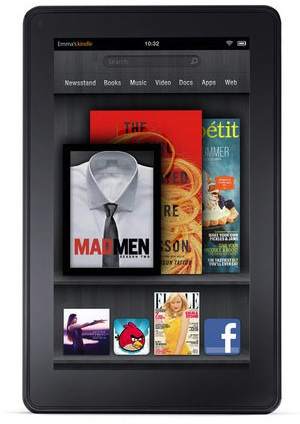How is it possible that an online retailer with only the most peripheral experience in product design and development is poised to make a bigger splash in a market than the titans of consumer electronics?
Late last year, Samsung made history by releasing the first full-size Android tablet, the Galaxy Tab. Because, and only because, it was the first of its kind to the market, The Tab has found a modicum of success in the seemingly impossible battle against the iPad.

If you could define a success story in the Android tablet world, Samsung would be it. But the Galaxy Tab is far from a household name, and surely Samsung board room meetings have been centered around how to gain more recognition.
And yet the Galaxy Tab is only one of a myriad Android tablets on the market today. Motorola’s Xoom has barely been able to make a splash, and everything else is generally lumped together as “the other Android tablets.”
So the Android tablet industry has been around for almost a year, and we have yet to see a breakthrough product. Then along comes Amazon, which announced the Kindle Fire last week.
Already, analysts are lighting up about the device’s prospects in a way most never have for other Android tablets.
The Kindle Fire has a whole host of things going for it. For starters, it’ll be priced at the very consumer friendly price of $199, less than half the cost of the cheapest iPad.
Secondly, it gets free advertising on the biggest online store in the world (aka, Amazon). And finally, it can easily appeal to the millions of satisfied Kindle e-reader customers.
For onlookers, the Kindle Fire will be a product that comes from a company with a perfect track record of innovation – that is to say, Amazon has made one product in the last decade and made it well. The Kindle revolutionized the industry, so consumers are rightly expecting the Kindle Fire to do the same.
The question is whether Amazon will live up to the expectations. The biggest complaint with most Android tablet users is the lack of content, not anything with the hardware itself. So while Amazon can bring some unique content like its Cloud Drive and embedded access to its streaming video service, the company needs to rely on third parties.
That’s something it didn’t face with the Kindle, which was easily able to draw on Amazon’s extensive library of books. Digital content, including games and apps, is still a largely foreign concept for the company.
Nevertheless, the buzz that is sure to surround the Kindle Fire will no doubt lead to impressive holiday sales. What we’re more interested in is to see if it has lasting power.






